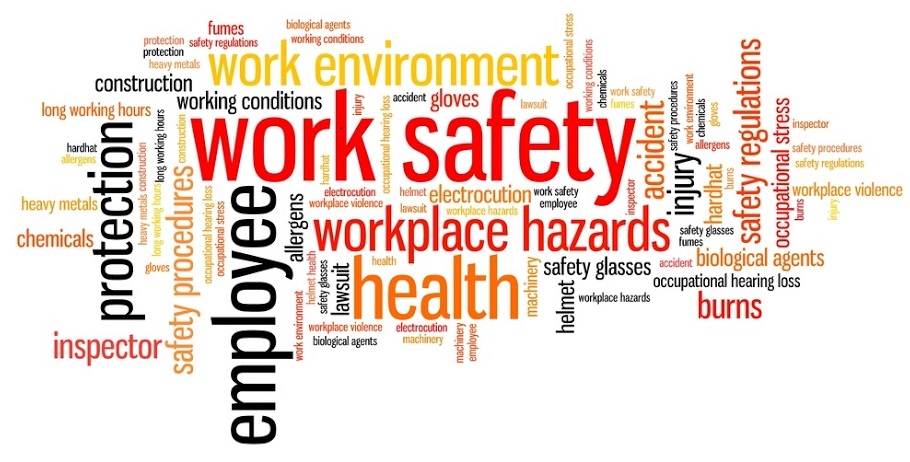Charter Commitment #7

Charter Commitment #7
site induction
Site induction is one of the places where the health and safety rubber meets the road. Every site is different, and each has its unique set of challenges. All those who enter a site (workers, subcontractors, consultants, visitors etc) must all be made aware of the risks on site and communicate to others the risks they may bring with them.
The first step is a sign in/out procedure so that all site personnel and visitors and their details are recorded. The site emergency plan, site layout, safety data sheets, and location of first aid facilities should all be highlighted.
All relevant health and safety plans, (method statements, SSSP’s, TA’s, recording and reporting procedures etc) must be included in the induction.
However, the most important thing can be how the information is communicated and shared. The induction process must consider low literacy/ESOL of workers, minimal health and safety training of new or temporary workers, and make use of visual communication in addition to verbal or written.
Specialist trades may fully understand the risks involved with their own specific work, but doing that work at height or in a confined space or in proximity to other trades creates additional risks which need to be communicated.
The other significant problem is that subcontractor A may successfully tender for work and supply the relevant health and safety documentation, but it might be organisation B, C, or D who turns up on site to do the work. It is important that site management validates the credentials of those who arrive on their site. Site induction needs to consider many different components, but all are essential in ensuring that every one is made aware of risks so that they can keep themselves and others safe.